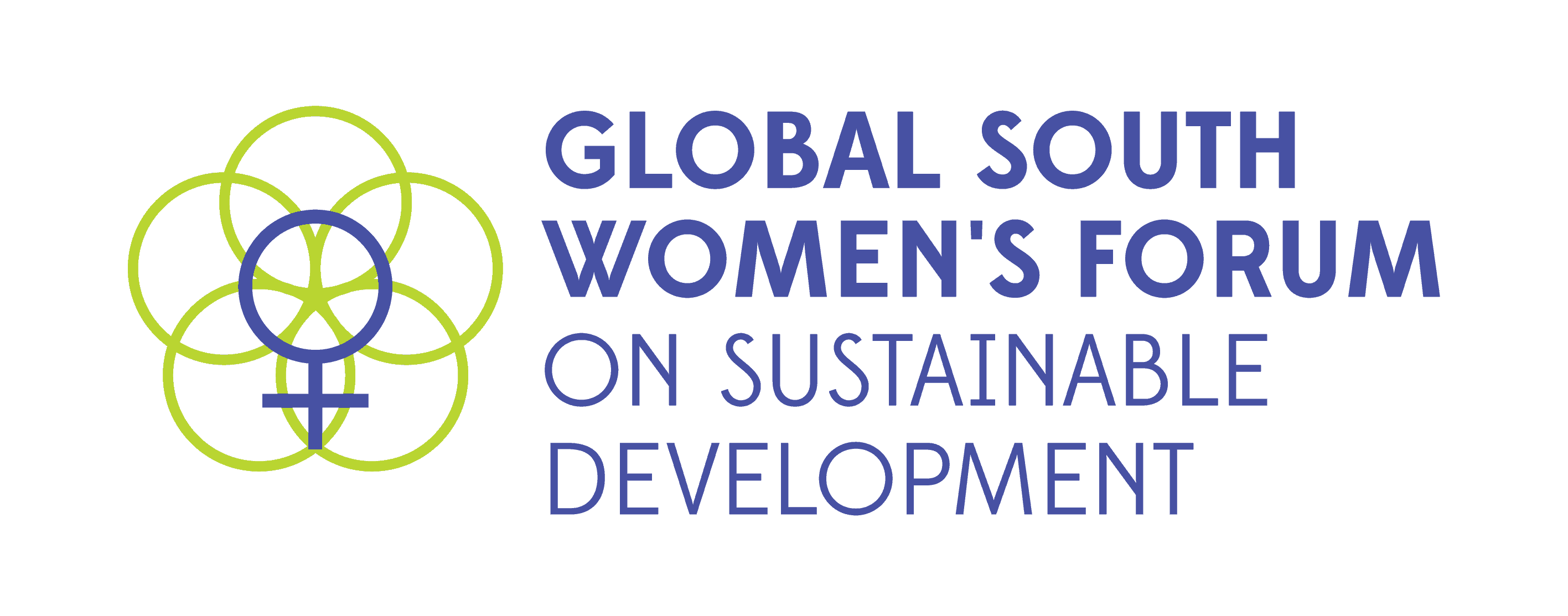A Feminist Analysis of CEDAW General Recommendation No. 38 on Trafficking in Women & Girls in the Context of Global Migration
- Day 3: Dec 16 (UTC+8) 6:30 pm-8:00 pm
IWRAW-AP
In this session, panellists provided a structural analysis of the macroeconomic factors that lead to trafficking and labour exploitation, highlighting how recognising sex work as work is the most effective solution to combating trafficking in the sex industry, and discussing pathways to justice.


The CEDAW General Recommendation no. 38 on trafficking in women & girls in the context of global migration adopted in November 2020 recognises that the ‘globally dominant economic policies are the cause behind large-scale economic inequality between States and individuals that manifests as labour exploitation’. It also highlights that macroeconomic factors produce the conditions of economic injustice that disproportionately impact women. In subsequent sections, however, it does not hold the threads of this promising structural analysis firmly and instead deviates to the familiar and dangerous tropes of the anti-trafficking world: discourage demand; prosecute those on the demand side; and link trafficking to ‘sexual exploitation’.
We presented a feminist analysis of the General Recommendation through:
1. Providing a structural analysis of the globally dominant neoliberal economic model that leads to trafficking and labour exploitation
2. Highlighting how recognising sex work as work is the most effective solution to combating trafficking in the sex industry
3. Presenting innovative examples of opening pathways to justice for persons affected by trafficking and labour exploitation.
Summaries on the analysis are available here.
Interpretations are provided in Nepali Sign Language and Spanish.
